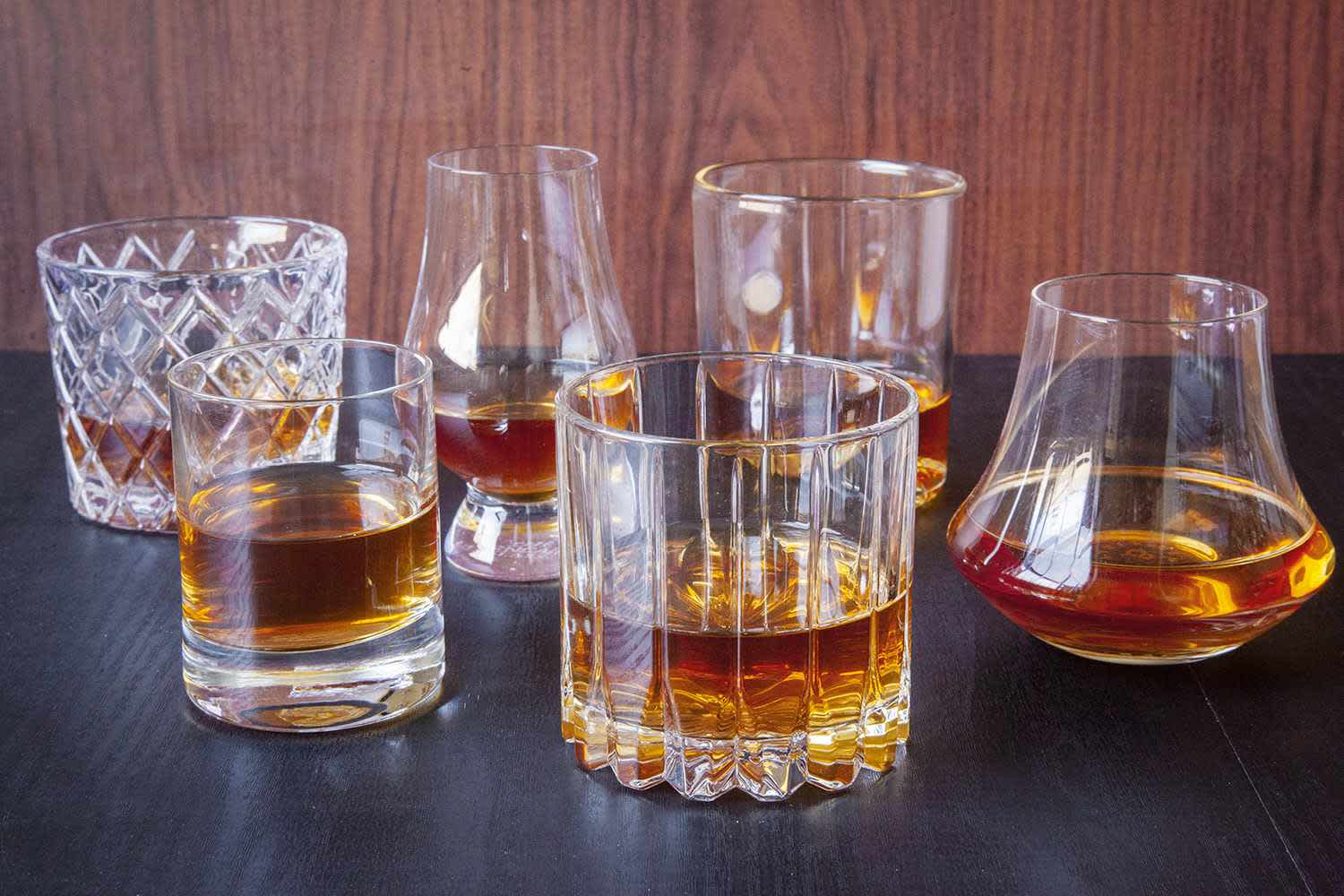A Brief History of Wine Glassware
Wines look beautiful in bottles displayed in malls and liquor stores, but they are even more beautiful when poured into a glass. From the aromas that hit the nose to the amazing flavours that crown the palate, drinking wine is an experience that most wine lovers savour in its entirety.
Storing wine in bottles has helped it to age better since the Romans invented the glass, but what has defined the wine experience, even more, is the invention of wine glasses. It is a fact that various types of glasses enhance the flavours of the beverages poured into them.
Anthony Shishler, MD Mason Fahrenheit, in a recent interview with Spirit magazine,
"The ball on the red wine is larger because the wine needs more air to bring out the flavours. The white wine glass on the other hand has a smaller ball, which keeps the air concentrated above the wine, so when you drink a white wine, you get fruitier, condensed, saturated flavours."
More than just giving you pleasure from the size and shape of the different wine glasses, knowing the rich history of how wine glasses came to bring a whole new level to the wine-drinking experience.
History of Wine Glasses
The history of wine glasses is almost as old as the history of wines itself. After all, there would have been no distilling of wine if the man did not find a way to consume them.
However, the earliest type of wine glasses recorded in history is said to be baked clay goblets. The baked clay goblets were first used by the Iberians and later by the Britons during the Pleistocene age. With the rise of the Bronze age, timber and bronze tankards came into existence and became the main tool for the consumption of wine.
In the early days of the Roman Empire, the Roman emperors and senators were known to have drunk wine using silver and pottery goblets characterized by ornate scrollwork of pairs of leaves with buds. The Romans also used lead goblets at the time to drink their wines.
Between 500 - and 600 AD, a shallow cup with a thin stem was introduced and mainly used by the upper class. sturdy pottery goblets were used by the lower class in Europe. When the Saxons invaded England in the 5th Century AD, they brought with them gold goblets covered in jewels. Alongside these, were horns that when users had to be taken as one drink because they had no stems or legs and had to be laid down.
By the next century, silver was used to produce horns and goblets for drinking wine. However, the horn cups were not allowed for use in the Church for communion.
Wine drinking soon progressed to the use of wooden tankards by the late 900 AD, and by the late 1000s, clear glass cups were used for the first time to consume wine.
The mid-1300s experienced the use of the 'Black Jack', which was a leather vessel, sewn all around with the join forming a handle with a separate leather base sewn in and lined with pitch to make it watertight. The blackjack was in use up till the 1800s when it is still mentioned in history.
From the 1600s, there was no shortage of various drinking vessels. Some of the most relevant names of drinking vessels recorded in history include:
Piggin
A leather cup from the Middle Ages.
Goddard
A pewter vessel used in Churches for communion.
Whistle Cup
From the Middle ages, whoever could drink the most for the longest got to blow the whistle as the ‘last man standing’ to order more drink
Wine tasters
A little silver flat bowl with two handles on each side or just one handle, flat with the top rim. In the Medieval days taste the contents of bowls to convince guests that nothing was poisoned.
The wine glasses as we know them today were first made in the 17th century to the late 18th century. The most popular was a simple goblet with a glass stem.
Other popular wine glasses from that period are:
Jacobite glass
Freemason glassware had different designs according to each lodge.
Dice glass
A glass with two dice sealed into the base, used in old taverns to settle who pays for the purchases.
Last drop glass
A glass that featured an engraved man hanging from the yardarm that is not visible till the last drop is drunk.
Today we have variously typed wine glasses, each specifically shaped to cater to each type of wine. This is done to help the wine go to the right area of the tongue, bringing about a unique experience. The most popular wine glasses are made by the Reidel company.
For wine tastings, wine glasses called the ISO wine tasting glasses are used. ISO stands for International Standards Organization. Each glass is made to a specification to suit each wine. They are made from clear crystal and have a tapered bowl that helps circulate the wine and funnel the vapours to get an accurate ‘nose’. It’s the workhorse wine glass for all reputable wine shows.
Read Anthony Shisler's interview in Spirit Magazine for more on wine glass types and glassware etiquette.


